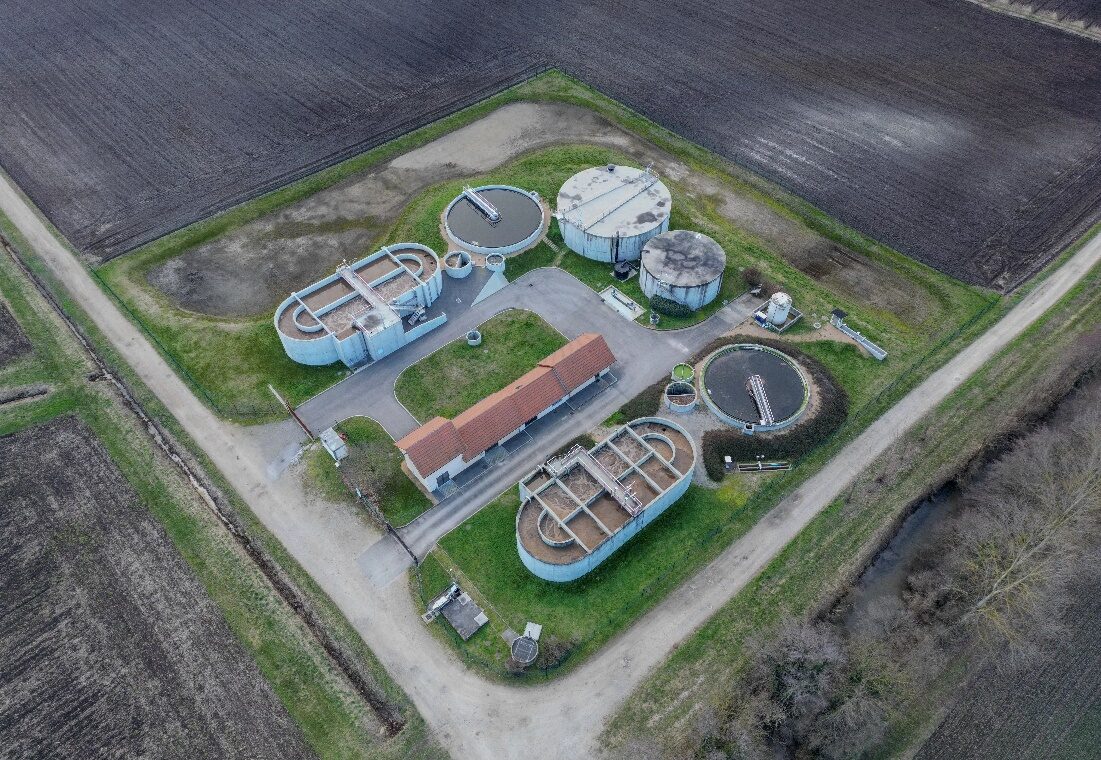
Sewage Treatment Plants (STP)
Sewage is the waste generated from residential, institutional, commercial and industrial establishments. STP plant treats the sewage to make it fit for safe disposal, agricultural use or domestic use in toilets etc. Sewage usually contains a high quantity of organic and inorganic wastes. It is essential to treat sewage before it enters into any water body. If sewage, is allowed to enter the water sources without treatment, it will contaminate them; which is why it is essential to treat sewage properly before letting it into rivers or any other sources of water.
STPs typically involve primary, secondary, and tertiary treatment stages. Primary treatment involves physical processes like screening and sedimentation, while secondary treatment employs biological methods to break down organic matter. Tertiary treatment utilizes advanced techniques to further purify the water.
STPs play a crucial role in preserving the environment by treating sewage to remove harmful pollutants before discharge. This helps prevent water pollution, protects aquatic ecosystems, and supports public health.
The solid waste, known as sludge, undergoes further treatment processes within the STP. It can be treated and used as fertilizer or undergo processes like anaerobic digestion or incineration for safe disposal.
Yes, depending on the level of treatment achieved, the reclaimed water from STPs can be used for non-potable purposes such as irrigation, industrial processes, or replenishing groundwater reserves after undergoing tertiary treatment.
